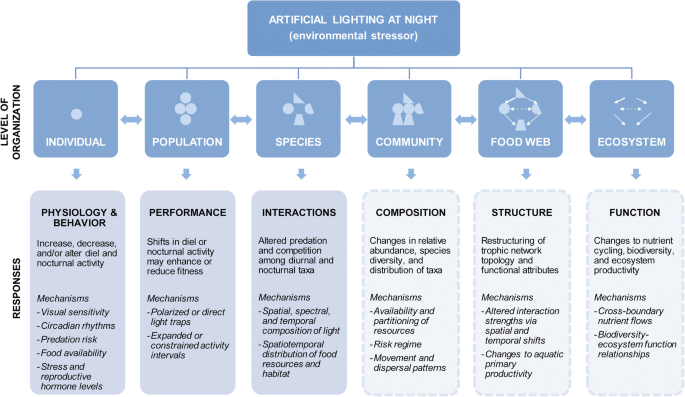

The function also sets the nFileOffset and nFileExtension members to the offsets, in characters, from the start of the buffer to the file name and to the file name extension, respectively. If the user specifies a file name and clicks the OK button, the dialog box copies the selected drive, directory, and file name to the lpstrFile buffer. For an ANSI function this is the number of bytes, but for a Unicode function this is the number of characters. The nMaxFile member must specify the size, in characters, of the lpstrFile buffer. The information in this section applies to both Explorer-style and old-style Open and Save As dialog boxes.īefore calling the GetOpenFileName or GetSaveFileName functions, the lpstrFile member of the OPENFILENAME structure must point to the buffer to receive the file name.


Open and Save As Dialog Box Customization.The following topics are discussed in this section.
#VISUAL LIGHTING 3 SAVE AS PDF FULL#
If the lpstrFile buffer is too small to receive the full name, CommDlgExtendedError returns FNERR_BUFFERTOOSMALL and the first 2 bytes of the buffer pointed to by the lpstrFile member are set to an integer value specifying the size required to receive the full name. To determine the cause of the error, call the CommDlgExtendedError function to retrieve the extended error value. If the user cancels the Open or Save As dialog box or an error occurs, the function returns FALSE. The buffer pointed to by the lpstrFile member of the OPENFILENAME structure contains the full path and file name specified by the user. If the user specifies a file name and clicks the OK button, GetOpenFileName or GetSaveFileName returns TRUE. The following illustration shows a typical Explorer-style Save As dialog box. The following illustration shows a typical Explorer-style Open dialog box. For more information about the Explorer-style and old-style dialog boxes, see Open and Save As Dialog Box Customization. However, the Explorer-style and old-style dialog boxes have the same behavior for most basic operations, such as specifying a file name filter, validating the user's input, and getting the file name specified by the user. In addition to the difference in appearance, the Explorer-style and old-style dialog boxes differ in their use of custom templates and hook procedures for customizing the dialog boxes.

However, the system continues to support old-style Open and Save As dialog boxes for applications that must be consistent with the old-style user interface.
#VISUAL LIGHTING 3 SAVE AS PDF WINDOWS#
You create and display a Save As dialog box by initializing an OPENFILENAME structure and passing the structure to the GetSaveFileName function.Įxplorer-style Open and Save As dialog boxes provide user-interface features that are similar to the Windows Explorer. The Save As dialog box lets the user specify the drive, directory, and name of a file to save. You create and display an Open dialog box by initializing an OPENFILENAME structure and passing the structure to the GetOpenFileName function. The Open dialog box lets the user specify the drive, directory, and the name of a file or set of files to open. The GetOpenFileName function is demonstrated in the File is in use sample.


 0 kommentar(er)
0 kommentar(er)
